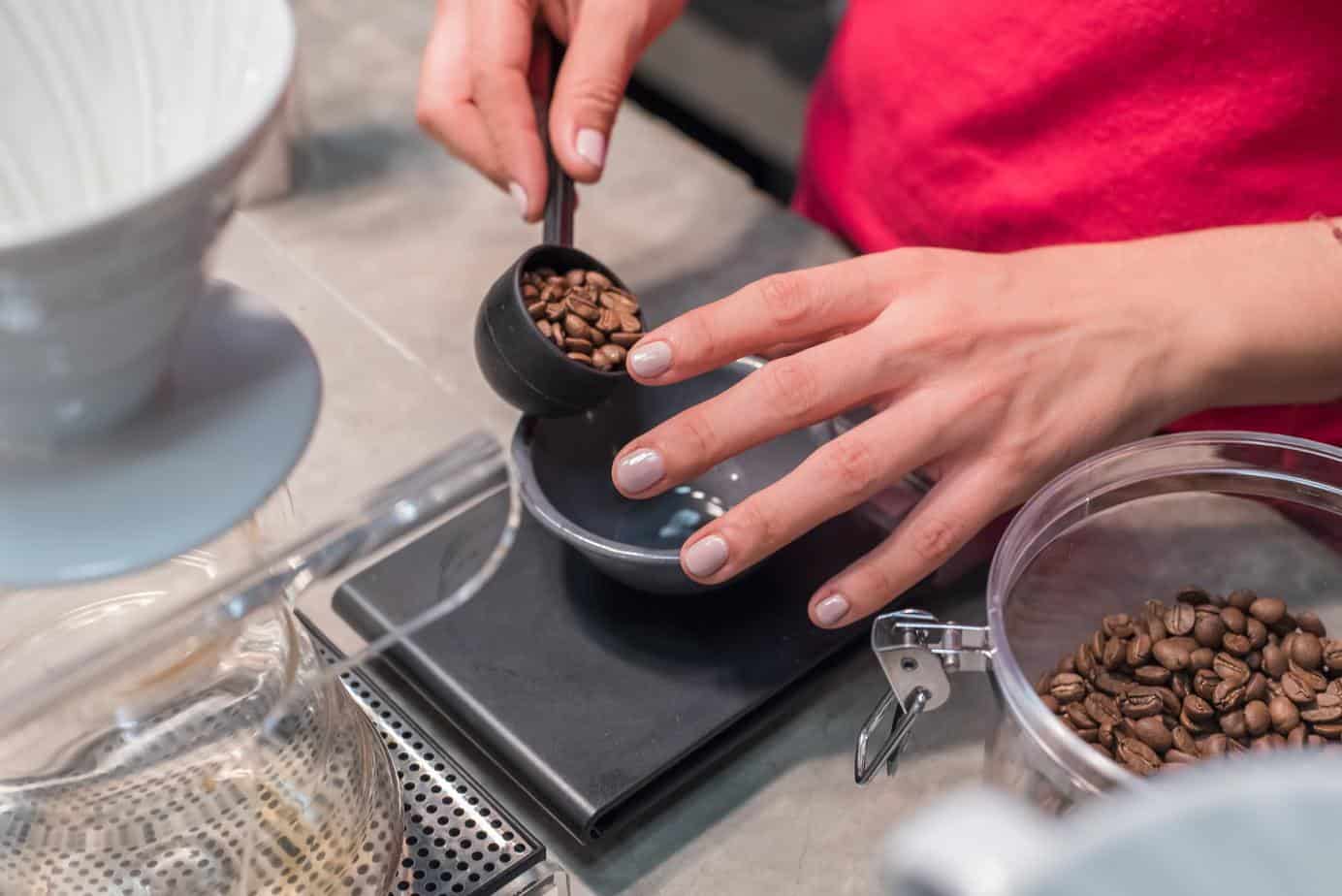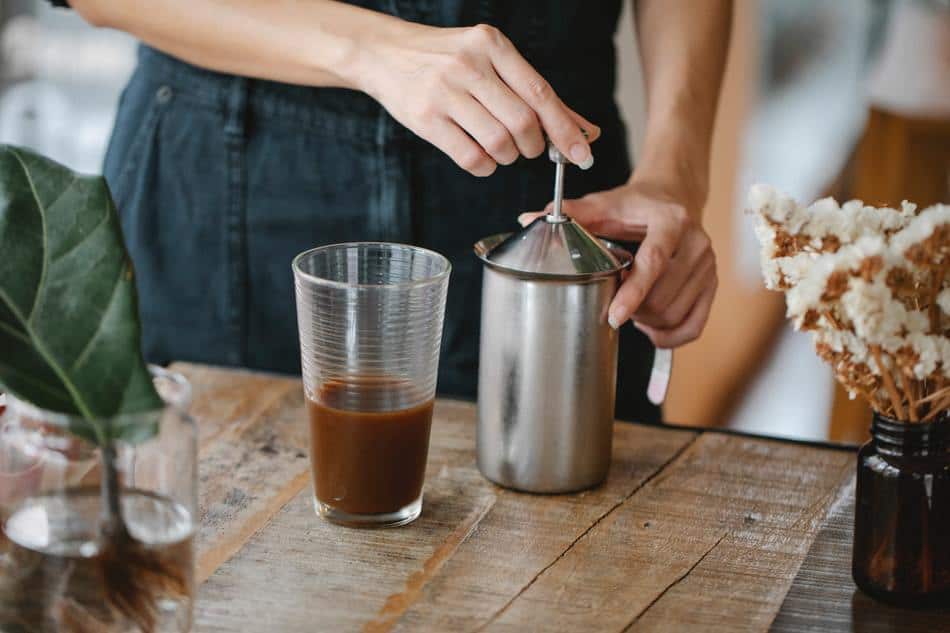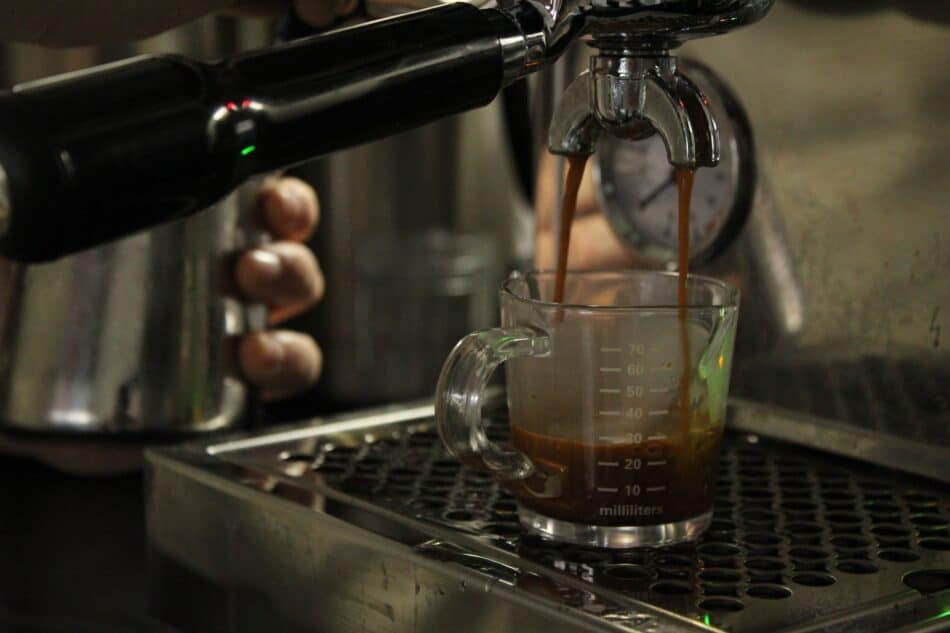Do you love coffee? If so, you’re probably asking the question, how many coffee beans equal a cup of coffee The answer may surprise you! In this article, I will discuss the number of coffee beans needed to make a cup of coffee, as well as other interesting facts about this beloved drink. Continue reading for more information!
The perfect cup of coffee is a delicate balance between absolute perfection and something that can be enjoyed by everyone. The number- one factor in determining how many beans you need per session will depend on factors like grind size, type (coffee), brewing method, etc., with the most important being what kind of drinker are you?
Do keep these varying numbers into consideration when making your brews though!
So, How Many Coffee Beans Equal A Cup Of Coffee?
This is a pretty difficult question to answer. The amount of coffee beans you’ll need to make a cup of coffee depends on the following:
- The type of bean
- The grind
- How strongly do you like your coffee?
If you’re using a light roast coffee bean, you’ll need about 16 beans to make one standard cup of coffee. If you’re using a dark roast coffee bean, you’ll only need about 11 beans. And if you’re using an espresso grind, you’ll only need about seven beans.
Of course, these are just general guidelines. The best way to figure out how many coffee beans you’ll need is to experiment until you find the perfect ratio for your taste buds. So get grinding and enjoy your fresh cup of joe!

Roast Level Affects The Weight Of The Coffee Beans
The roast level also has an impact on the weight of the coffee beans. The darker the roast, the lighter the bean. This is because the dark roast removes more moisture from the bean than a light roast does. A 12-ounce bag of coffee will have more coffee beans if it is a light roast than if it is a dark roast.
So, when you are trying to figure out how much coffee to use, keep in mind that the weight of the beans can be affected by the roast level. Use a little less coffee if you are using a dark roast and a little more if you are using a light roast. Let’s take a closer look at the roast levels.
Coffee Roast
The three types of coffee roast are light, medium, and dark. Light roast coffees are generally lighter in body and acidity than dark roasts. Medium roast coffees have more body than light roasts, but less acidity than dark roasts. Dark roast coffees have the most body and the least acidity.
So what’s the difference between these three types of coffee? Let’s take a closer look.
Light Roast Coffee
As I mentioned before, light roast coffees are lighter in body and acidity. They also tend to have a higher caffeine content because they’re roasted for a shorter amount of time. If you’re looking for a coffee that’s smooth and delicate, then a light roast is a good choice.
Medium Roast Coffee
Medium roast coffees have more body than light roasts, but they still maintain some of the delicacies of light roasts. They have less acidity than dark roasts and moderate caffeine content. If you’re looking for a coffee that’s balanced and not too strong, then a medium roast is a good choice.
Dark Roast Coffee
Dark roast coffees have the most body and the least acidity. They also have the lowest caffeine content because they’re roasted for the longest amount of time. If you’re looking for a coffee that’s rich and bold, then a dark roast is a good choice.
Brewing Method Affects The Number Of Coffee Beans You Will Use
The brewing method you use will directly affect the number of coffee beans you’ll need to use. For instance, if you’re using a French press, you’ll need to use more coffee beans than if you’re using an espresso machine. The type of coffee bean will also play a role in how much coffee you’ll need to use. A light roast coffee bean will require more beans than a dark roast coffee bean.
So, how do you determine how many coffee beans to use? A good rule of thumb is to start with two tablespoons of coffee beans per cup of water. From there, you can adjust the number of coffee beans up or down depending on your personal preference. Keep in mind that it’s always better to err on the side of using too many coffee beans rather than too few. This way, you can always add more water to your coffee if it’s too strong, but you can’t do anything about it if it’s too weak.

What’s The Best Way To Measure Coffee?
When it comes to measuring your coffee, there are two main ways that people do it: by the cup or by using a scale. So, which is the best way? Well, it depends on what you are looking for in your coffee. If you want a consistent cup of coffee every time, then using a scale is going to be your best bet. This is because weighing your coffee beans will ensure that you have the same amount each time, which will lead to a more consistent cup of coffee.
On the other hand, if you are someone who likes to experiment with their coffee and doesn’t mind a little variation from batch to batch, then measured by the cup might be more up your alley. This method is more forgiving, as it is less exact than using a scale. So, if you are looking to experiment with different coffee to water ratios or brewing times, measuring by the cup might be a better option for you.
At the end of the day, it comes down to personal preference. There is no right or wrong way to measure your coffee. So, if you are trying to figure out which method is best for you, just ask yourself what you are looking for in your coffee and go from there!
Final Words
So there you have it, the perfect ratio of coffee beans to water to make a cup of coffee. Keep these measurements in mind the next time you’re brewing a pot and enjoy your delicious cup of joe. Cheers!
Thanks for reading! Hope this helped. 🙂
Related Articles

